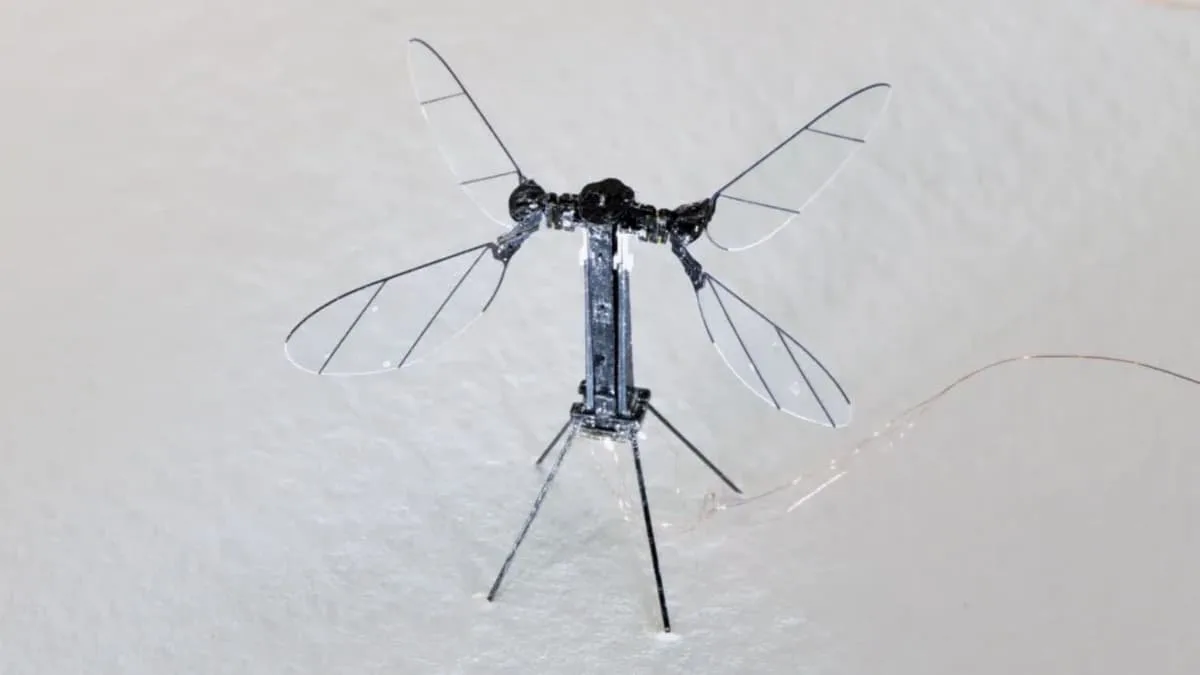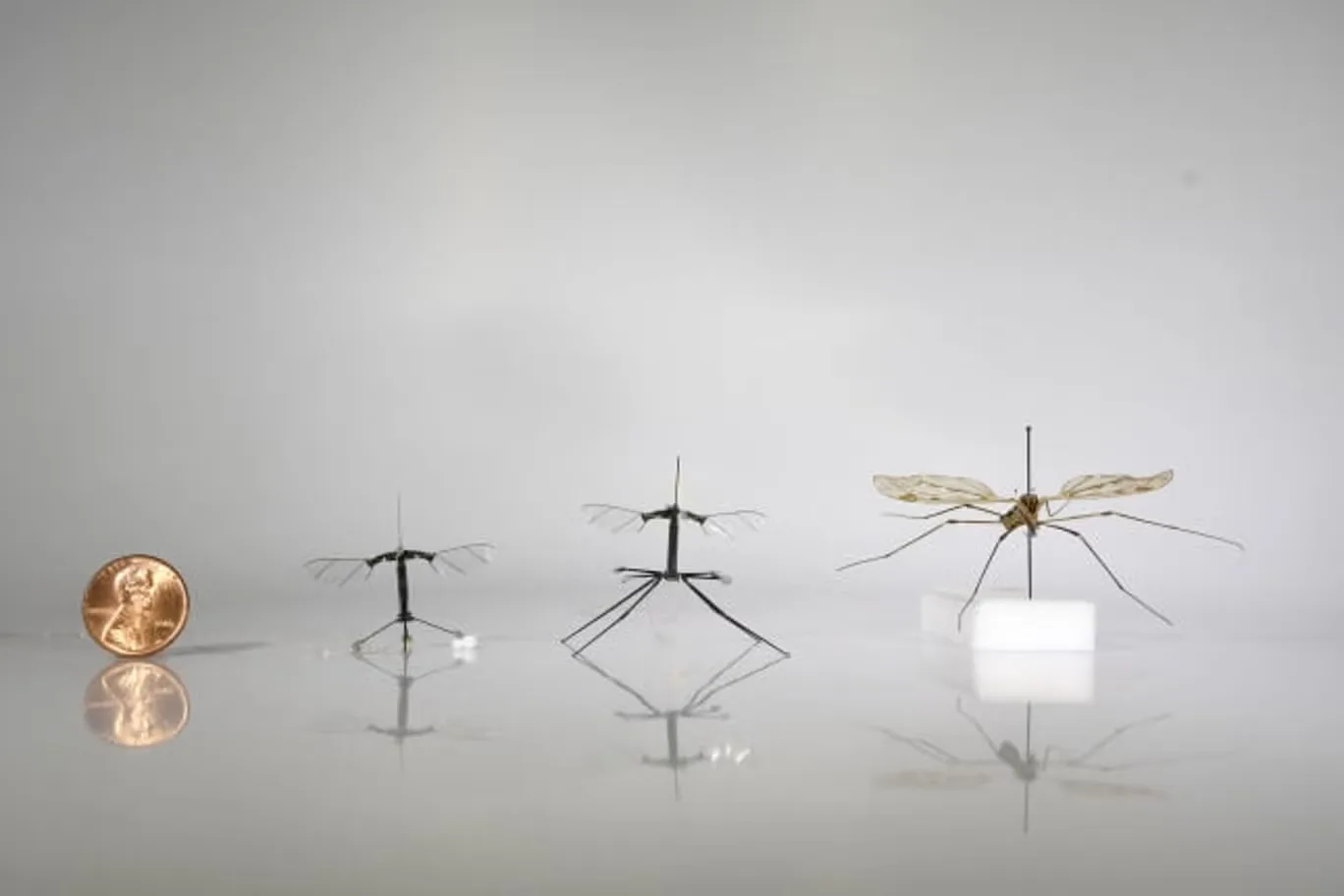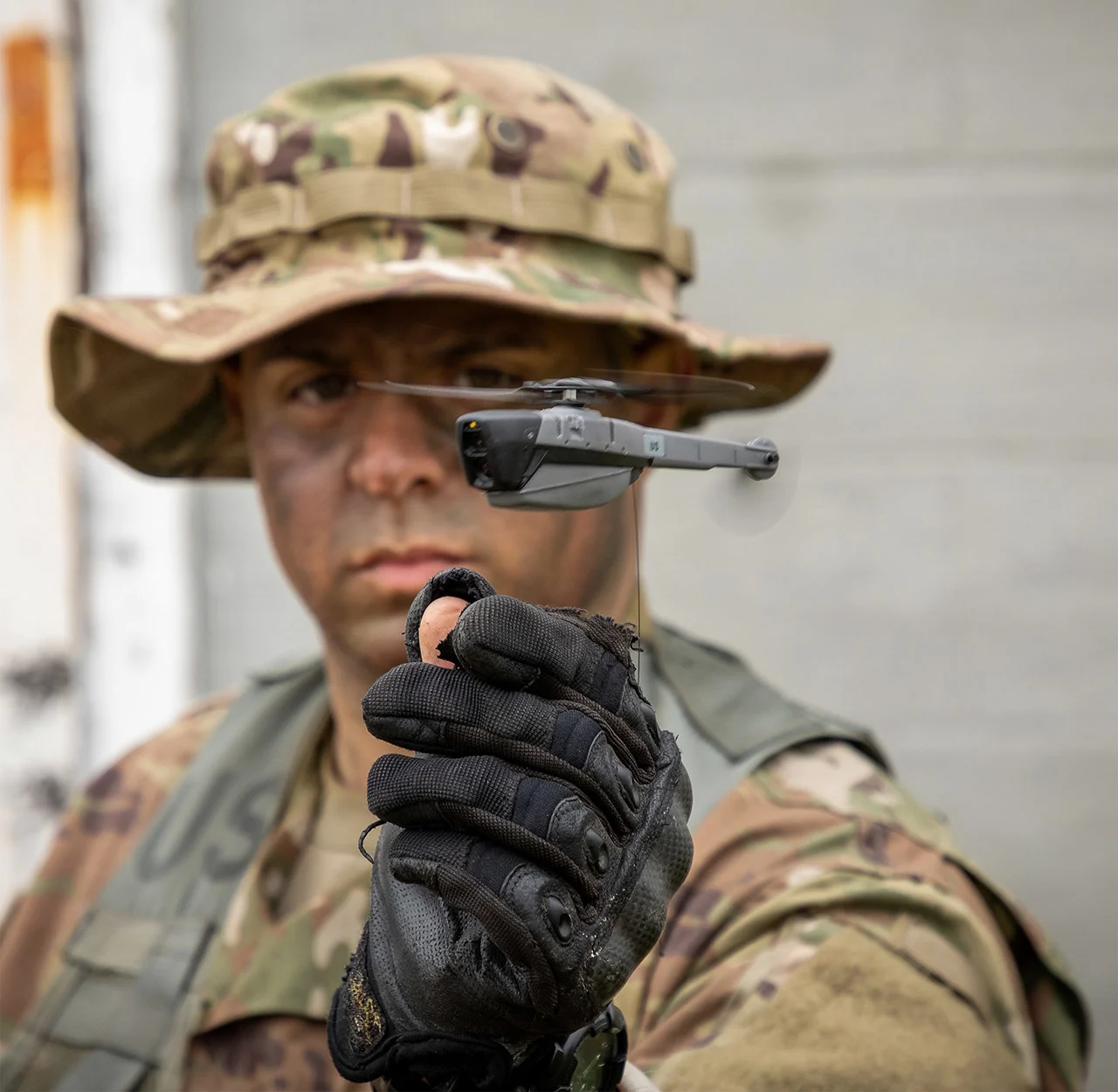In a stunning military breakthrough, China's National University of Defence Technology (NUDT) has developed a revolutionary mosquito-sized micro drone to conduct stealth reconnaissance. Revealed on state television channel CCTV-7 on June 14, 2025, the bionic insect-like unmanned aerial vehicle (UAV) provides insight into the future of stealthy battlefield espionage.

Tiny but Tactical: What the Drone Can Do Student Liang Hexiang of NUDT showed the drone, just 1.3 cm long, with leaf‑shaped flapping wings and three hair‑thin legs in a live demonstration, calling it "especially suited to information reconnaissance and special missions on the battlefield" . A four‑winged model controlled by a smartphone shows its technological versatility as well as stealthy mission operational ability. This four-winged prototype features a stick-like body and offers enhanced maneuverability, showcasing the potential for diverse configurations based on mission needs.

Engineering Miracle at Micro Scale Merging power systems, control circuits, and micro-sensors into a coin-sized package is a colossal engineering feat. For SCMP, the production of this drone required microscopic device fabrication, material science, and bionic advancements reflecting China's growing dominance in micro-robotics. However, there are some limitations, including battery life, communication range, and sensing ability.

Global Micro‑Drone Race China's micro-UAV is one of a new wave of insect-sized spy drones globally. Norway's Black Hornet palm-sized series used by Western forces has recently won a U.S. DoD award. Specifically, the Black Hornet 4 recently received approval for the U.S. military's Blue UAS List after meeting stringent cybersecurity requirements and passing verification by the Defense Innovation Unit (DIU). Experts believe China might fall behind in deployment, but its mosquito drone is a serious player in the micro-drones arms race. This potential lag in deployment could be due to challenges in mass production, integrating such advanced micro-robotics into existing military doctrines, or prioritizing further research and refinement over immediate widespread fielding compared to Western counterparts like the Black Hornet which have a longer history of operational use.
Stealth Recon Potential and Growing Risks Experts like Sam Bresnick (Georgetown) and Timothy Heath (RAND) warn that such micro-drones may infiltrate buildings, intercept voice communications, and defeat traditional defenses. The Week magazine points out how these nearly undetectable machines can transform ISR capacity, especially in urban and indoor environments.
Civilian and Security Implications Apart from defense uses, civilian industries also employ it in disaster relief, environmental tracking, and infrastructure inspection. The same technology, however, can potentially become privacy-compromising and safety-endangering if weaponized or misused, an issue raised in forums like r/Futurology, where users discuss ethical issues and possible misuse for surveillance or covert attacks
